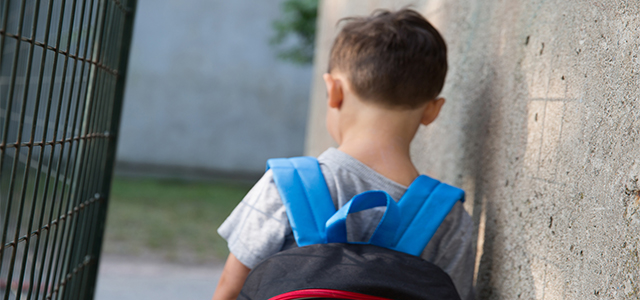One in six Australian children aged 0-14 years live in poverty, with New South Wales among the states with the highest rates of child poverty, according to the new UnitingCare report released today.
The ‘Poverty Social Exclusion and Disadvantage in Australia’ report release coincides with Anti-Poverty Week (14-20 October) and attributes housing stress and labour market changes for the persistent child social exclusion.
Commissioned by the University of Canberra’s, National Centre for Social and Economic Modelling, the report draws data from the 2016 Census, as well as the Child Social Exclusion Index. The data captures key factors of social exclusion and disadvantage, including socioeconomic, housing, education, connectedness, housing and health metrics.
UnitingCare Australia National Director, Claerwen Little, said social exclusion “hurts children, families and the community.”
“This report provides strong arguments for holistic, preventative responses so that parents, carers and communities can better play their part in raising our children,” said Ms Little.
The highest rates of child poverty excluding the Northern Territory, occurred in Victoria outside of greater Melbourne (23.1%) and in New South Wales outside Sydney (18.9%). While the ACT had lower child poverty rates of 11.2%.
The report also found that 87% of local communities with the highest risk of child social exclusion in 2011 had no improvement in 2016.
“Disadvantage is much more than just poverty or lack of financial security. Limited social engagement, connection, access and opportunity are equally detrimental to health and wellbeing,” said Ms Little.
The report calls for the government for urgent action and investment to ensure access to opportunities and resources for all children so that they may be connected and be able to participate in the community.
UnitingCare Australia is the national body representing the Uniting Church’s community services network, supporting over 1.4 million people each year across urban, rural and remote Australia.












